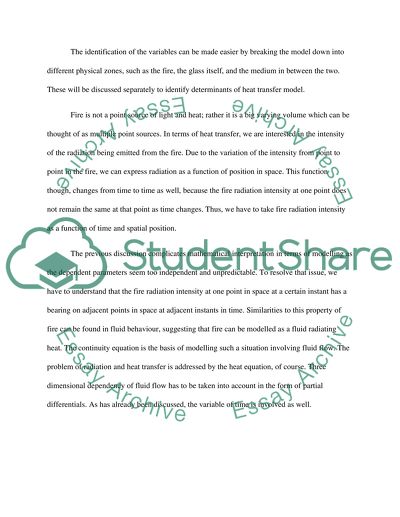Cite this document
(“3-D heat transfer Essay Example | Topics and Well Written Essays - 1250 words”, n.d.)
Retrieved from https://studentshare.org/health-sciences-medicine/1418660-3-d-heat-transfer
Retrieved from https://studentshare.org/health-sciences-medicine/1418660-3-d-heat-transfer
(3-D Heat Transfer Essay Example | Topics and Well Written Essays - 1250 Words)
https://studentshare.org/health-sciences-medicine/1418660-3-d-heat-transfer.
https://studentshare.org/health-sciences-medicine/1418660-3-d-heat-transfer.
“3-D Heat Transfer Essay Example | Topics and Well Written Essays - 1250 Words”, n.d. https://studentshare.org/health-sciences-medicine/1418660-3-d-heat-transfer.


